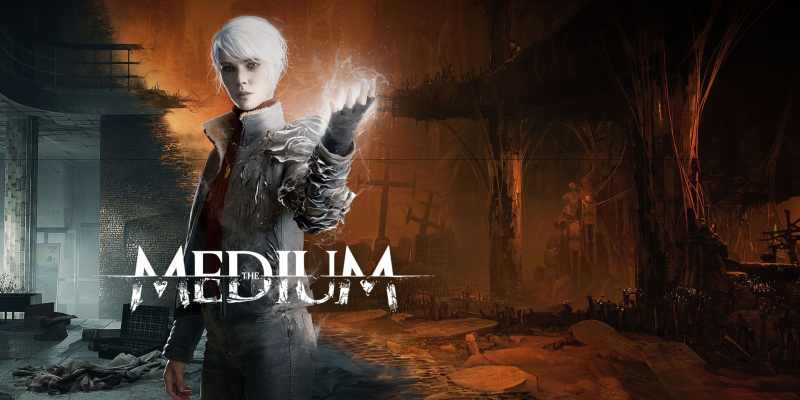The Medium, the most recent outing from acclaimed horror studio Bloober Team, is the result of nearly a decade of ideas. It quietly announced the game back in 2012 for Wii U, PlayStation 3, Xbox 360, PC, and mobile devices, but it wasn’t officially unveiled until May 2020 — so it’s easy to imagine how much changed since those first thoughts at Bloober began to fester. Layers of Fear, Observer, Blair Witch — each game the Polish studio released represents a step toward what became The Medium. In turn, this game of dual realities is symbolic both of what the game developer has been and what it hopes to become in its pursuit of advancing horror in gaming.
However, one might wonder why Bloober continues down a path of horror and thriller when it has the background and talent to explore other genres. Technical Level Designer Vitalii Pryvalov simply explained in response that the team loves what it does, going as far as to say that Bloober’s DNA consists of the elements that it has expanded on for the last five years.
“Horror, and precisely psychological ones, bring us to the edge between entertainment and psychology, allowing us not only to tell a compelling story but also to discover something about us, humans, something that lies below, unnoticed, unguarded,” Pryvalov said. “Our releases, starting from Layers of Fear, are evolving inside the genre and also changing it from inside. We are constantly improving our game formulas, building it on our previous titles and — throughout experiment — expanding it with genre-bending mechanics.”
The exploration of how terror, fear, and desperation elicit our most primal reactions comes naturally to Bloober Team, something reflected in its last few years of successes. Since taking that plunge into horror, the company has seen a rapid increase in, well, everything, with evolving production values, more employees, and, maybe most importantly, a better understanding of what draws fans to its games.
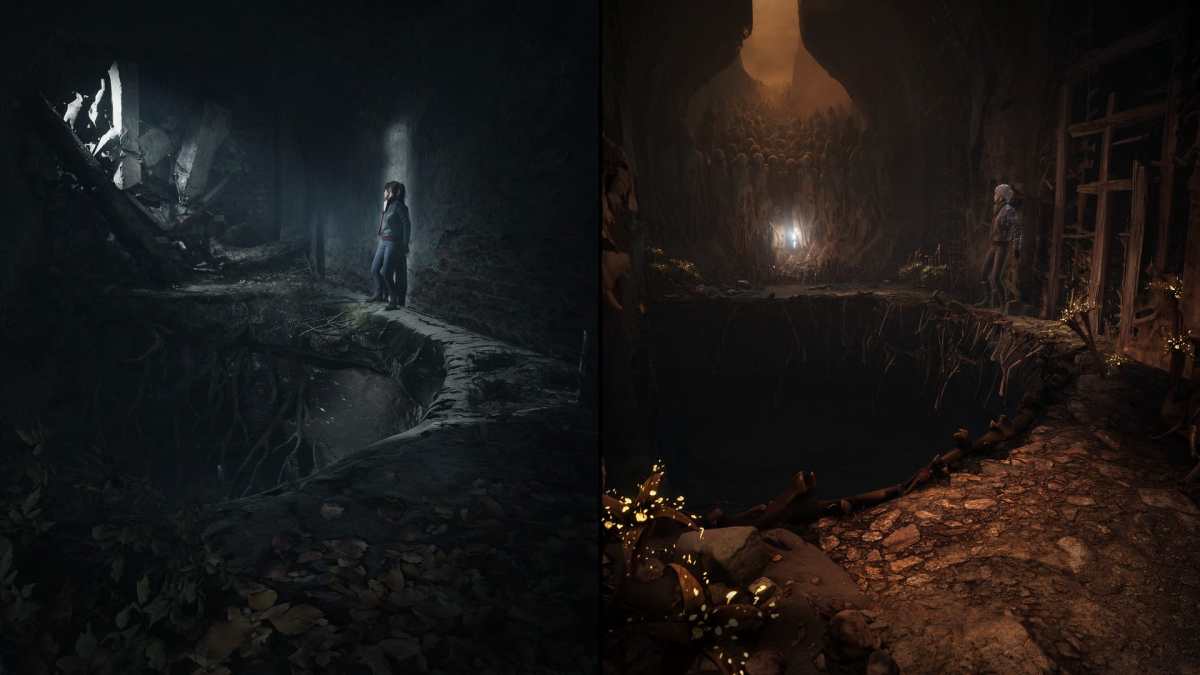
This success unshackled Bloober, in more ways than one. Where the studio began with simplistic gameplay based on unpredictable scares, it eventually began to focus on gameplay-centered cinematic experiences. The aforementioned dual-reality gameplay concept, which had been largely shelved because the studio felt “there weren’t a lot of means” to fully execute its vision, was ultimately revisited and fully realized thanks to Bloober’s growth.
“As the company grew, one day we realized that nothing was preventing us from starting full production on such a title,” Pryvalov said. “Core game ideas were brought to the table, and the game started to unwrap before our eyes. Each single iteration was trying to explore two worlds (seen simultaneously) deeper, with stronger links to the worlds, stressing on the connections, duality, and uncovering — even for us — that each single event can be viewed from at least two perspectives.”
Bloober surprised even itself with how far it could take the dual-reality concept, but the end result took time to reach. It started simply as Medium, a name that stuck with the team for the majority of the game’s development. However, as the May 2020 announcement drew near, the development team met with the marketing team and partners on the project to decide if it should rework the title. The development team loved the idea of using “Medium” in the title, but there was worry the name would make it difficult for gamers to discover the project on the internet. One specific concern was that some might confuse the game with Medium.com, an open platform for users to share ideas.
“A big table was created with game name propositions, and we’ve gathered several hundreds of them from team members,” Pryvalov said. “Some of them were just pure fun (including my all-time favorite, ‘The Mystery of a Rare Tree Exhibition’ — you can still find out in the game why it was considered a funny but still valid option), some of them deep and meaningful (like Torn in Two), but general opinion prevailed that we should stick to what was the initial internal name of the project by adding ‘The’ to it.”
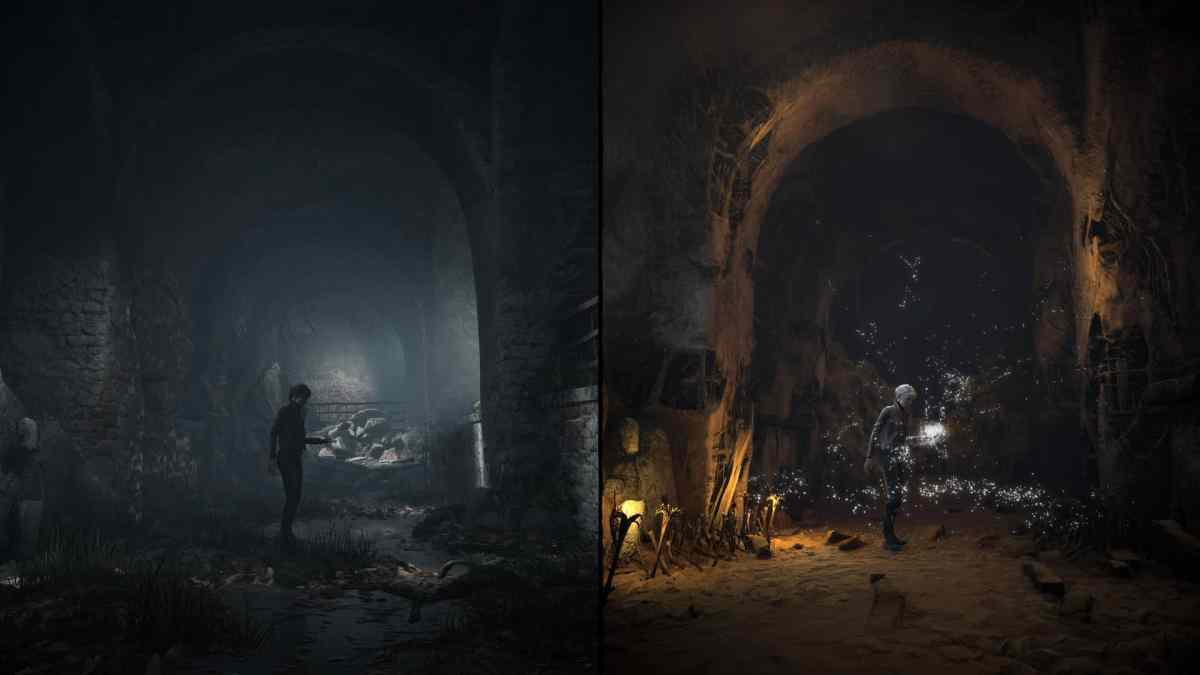
The Medium, as it was finally called, came with a variety of challenges throughout its development. Aside from creating a game during the COVID-19 pandemic, rendering two screens simultaneously with two synchronized playable characters came with its own set of technical trials, so much so that Pryvalov says that “there’s not much left of standard Unreal Engine 4 functionality in the final version of the game” because so many systems had to be hand-crafted in order to deliver on Bloober’s ideas.
“One of the most drastic changes from the initial design of The Medium is definitely the introduction of our cinematic [third-person perspective] cameras,” Pryvalov said. “At some point, a last (and final) iteration of a game concept included modern free camera controls, and it felt very weird and barely playable. Therefore, the solution changed the approach to designing this game heavily.”
The Medium’s core mechanic unsurprisingly went through some changes throughout the development process too. For example, Pryvalov explained that one previous idea saw objects in one world “leaking” into the other. These objects were supposed to serve as obstacles or blocked passages for players in-game, but the feature was removed because it was “too heavy visually.” Instead, Bloober implemented the game’s anomalies, which serve a similar purpose but are easier on the eyes.
The art style itself, especially in The Medium’s bleak other world, is the chilled backbone of the game’s supernatural atmosphere. Bloober Team draws artistic inspiration from many entertainment properties for its games, including films like Aliens, The Shining, Suspiria, Hereditary, Midsommar, Bird Box, and Lighthouse. But for The Medium specifically, the work of Zdzisław Beksiński, a Polish artist, inspired much of the game’s style. Even though changes to the visuals came late into development, Bloober never lost sight of the Beksiński element in building the game’s split worlds.
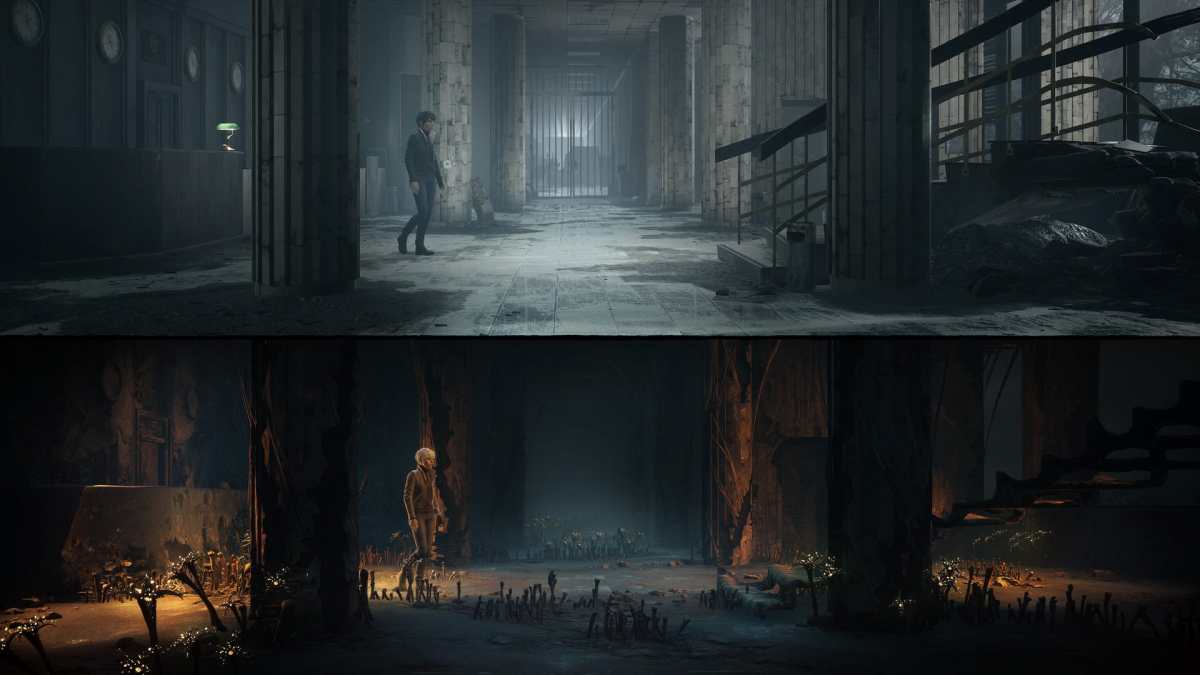
“From the very beginning of the project, we knew that we’d love to show the ‘other world’ [was] grim, twisted, unfamiliar, and at the same time unique and recognizable,” Pryvalov said. “On the other hand, our game’s setting was deeply rooted in Polish culture, post-WWII trauma with uncertainty of the future to come. Beksiński’s art was 100% a match for us regarding the time period, evoking emotional scope, uniqueness, and instant recognition. The rest was a matter of the hard work done by our creative director and the entire art team — 2D, 3D, environmental, FX, audio, cinematic, and level art alike — to translate the feeling of Beksiński’s work to the moving, living, shifting spiritual world.”
The Medium launched Jan. 28, 2021 for PC and Xbox Series X | S and is a particularly special achievement in the Bloober Team catalog. In addition to pushing the boundaries of what the developer could create, The Medium was created amid unprecedented challenges and released during the critical launch window of a new console, earning the studio new attention. Pryvalov said that creating The Medium was a unique experience that resulted not only in a better Bloober, but a better team overall.
“Developing tools and designing the game took place alongside each other,” Pryvalov said. “New technical tricks allowed us to incorporate more gameplay mechanics, thus deepening the game’s sub-text narration. Script and design ideas provoked programmers’ thoughts on how core gameplay tools can be made to make those designs come true. At the very end of the project, almost all decisions can be seen in retrospect as shared ones — starting from QA through design and code team to audio, art, up to the executives. And, honestly, I can’t see this project having come to life by any other means.”
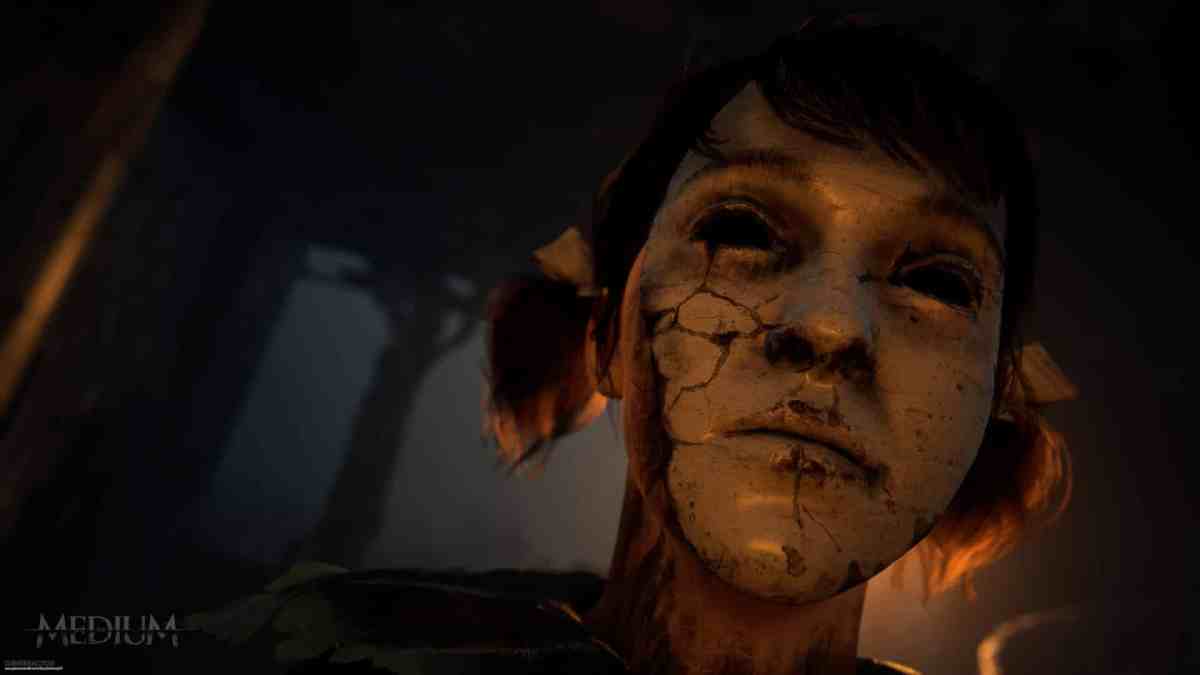
Like the two realities in The Medium, each project the studio has released comes with its own unique mechanic, with past examples including time manipulation, dream eating, and looped locations. The next Bloober project has yet to be revealed, but the dual-reality concept is something that Pryvalov says the team would “love to explore further sometime in the future.”
Additionally, when asked what IP Bloober would like to work on if given the opportunity in the future, Pryvalov said, “Game IPs like Silent Hill, Resident Evil, Amnesia are already inspiring us in our projects, but certainly we’ve got our very own ideas on how to push them forward in case we’ll be able to work on them.”
Pryvalov reiterated that the team is close-knit, understanding of what its strengths are and what direction is needed moving forward. The primary goal is to maintain Bloober’s horror-focused DNA while shifting its sights toward a slightly broader audience by way of entertainment that provides personal insight. Aside from fine-tuning its formulas, Pryvalov promised Bloober will expand on what it has already proven capable of, adding that “more sophisticated game mechanics and techniques will allow us to tell deeper and more personal stories.”
As for scope going forward, Pryvalov said, “I do believe that keeping the length of a game we’ve reached with The Medium, but twisting it with non-linear, branching, player-dependent narration and a pool of game mechanics that players can choose from to proceed within it, might amplify an interest in our games while also providing players a possibility to play the game the way they like it.”
Bloober is on the edge of moving on into its future, but it needed to sharpen its tools to get here. The company is built on a foundation of how horror can explore the deepest parts of our psyche, and its future is paved with ambitions to bring in a broader audience — without losing what makes Bloober games stand out. The Medium exists as the bridge between Bloober’s past and feature.
